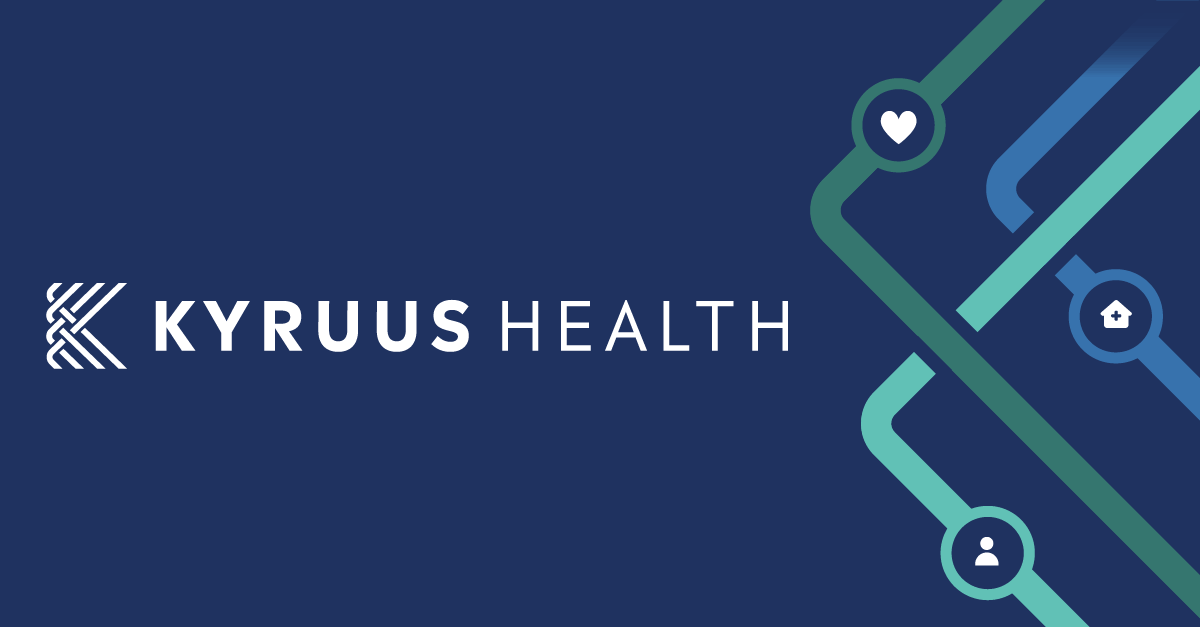See how our solutions can help you reduce no-show rates and optimize your scheduling.
Whether you write everything down in a daily planner or simply keep a mental list, chances are you’re going to forget an event or miss an appointment. Maybe your child had an extra soccer game thrown into the schedule, or perhaps you had to work late on a last-minute project.
Patient no-shows are a persistent challenge for healthcare providers, disrupting schedules, impacting revenue, and potentially harming patient health. Understanding the “why” behind missed appointments is the first step toward implementing effective solutions. This guide will walk you through the common reasons for no-shows, their financial impact, and actionable strategies to reduce them.
What is the average patient no-show rate?
The average patient no-show rate in outpatient settings ranges from 23% to 33%. This means that, on average, a medical group can expect about 80 established patients and 43 new patients to miss their appointments each month.
- Primary Care: 19%
- OB/GYN: 18%
- Pediatrics: 30%
- Dermatology: 30%
- Ophthalmology: 22%
- Neurology: 26%
- Oncology: 25%
- Endocrinology: 14%
- Sleep clinics: 39%
Common Reasons for No-Shows
Patients no-show for a variety of reasons, such as a long wait time between the actual and scheduled appointment, transportation difficulties, inadequate insurance coverage, and language barriers. Some can’t afford the cost of care, while others simply just forget. A lot of patients don’t show up to a scheduled visit with their healthcare provider when they don’t get an appointment confirmation or reminder.
What is the financial impact of patient no-shows?
Patient no-shows have a significant financial impact on the healthcare industry, costing an estimated $150 billion annually. For a solo physician practice, this can amount to about $150,000 in lost revenue each year. On a daily basis, no-shows can consume, on average, 14% of a medical group’s revenue.
The impact goes beyond just lost revenue. For a doctor with a full schedule of 20-minute appointments, just three no-shows in an eight-hour shift can cause a 12.5% decline in productivity.
How do no-shows affect patient health?
When patients miss appointments, it delays their care and can lead to poorer health outcomes. The negative effects include:
- Delayed preventive care and screenings: This can lead to missed opportunities for early diagnosis and treatment.
- Inadequate monitoring of chronic conditions: Regular check-ups are crucial for managing chronic diseases, and missed appointments can disrupt this process.
- Untreated acute illnesses: A missed appointment can allow an acute illness to worsen.
- Decreased continuity of care: Patients who miss one appointment are 70% more likely not to return within 18 months, which can lead to a breakdown in the patient-provider relationship.
What are the most effective strategies to reduce patient no-shows?
While you can’t eliminate no-shows entirely, you can take proactive steps to significantly reduce them. Medical groups that actively work to minimize no-shows have the potential to reduce them by up to 70%. Here are some of the most effective strategies:
- Implement a patient self-scheduling tool: Studies have found that no-shows are reduced by 29% when a patient self-scheduling tool is used. This gives patients more control over their appointments and makes it easier to find a time that works for them.
- Automate appointment reminders: Manually contacting patients is time-consuming. Automated reminders via text, email, or phone can be a more efficient and effective way to ensure patients remember their appointments.
- Offer telehealth appointments: Virtual appointments can help overcome common barriers to care, such as transportation issues.
- Follow up on missed appointments: If a patient misses an appointment, have a process in place to follow up with them, understand why they missed it, and offer to reschedule.
- Implement a digital check-in process: Encouraging patients to fill out demographic and insurance information in advance not only ensures data accuracy but also fosters patient engagement, making them more likely to attend their appointment.
- Consider a no-show policy: While not always the best first step, a clear and well-communicated no-show policy can help reduce missed appointments.
Sources: https://www.degruyter.com/document/doi/10.7556/jaoa.2018.022/html?lang=en#j_jaoa.2018.022_ref_001 https://www.mgma.com/MGMA/media/files/fellowship%20papers/2018%20Fellows%20Papers/Reducing-No-Show-Rates-in-Academic-Clinics.pdf?ext=.pdf https://www.medicaleconomics.com/view/turning-patient-cancellations-into-revenue https:/www.beckersasc.com/asc-news/the-150b-repercussions-of-patient-no-shows-5-statistics.html https://www.fiercehealthcare.com/practices/4-steps-to-cut-down-no-show-appointments-elmont-teaching-health-center https://www.zippia.com/advice/appointment-scheduling-statistics/



